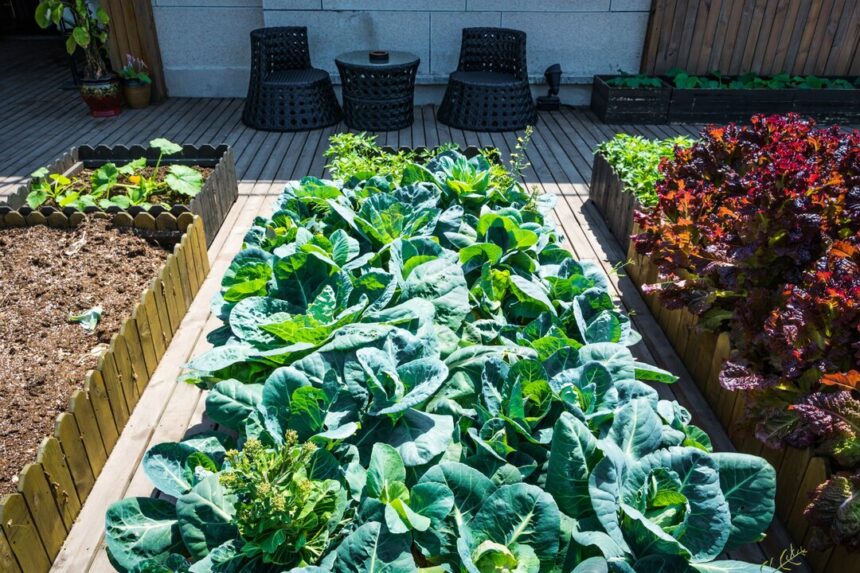Urban farming is rapidly gaining popularity worldwide, including in South Africa, as land becomes scarce and food security concerns rise. For farmers looking to maximize small spaces, urban farming offers a sustainable way to grow fresh produce, reduce food miles, and increase income streams. Here are practical tips to help South African farmers succeed in urban farming.
1. Choose the Right Crops
Small spaces require strategic crop selection. Focus on crops that grow vertically or require minimal space, such as:
- Leafy greens (spinach, lettuce, kale)
- Herbs (parsley, basil, mint)
- Cherry tomatoes
- Strawberries
- Chillies and peppers
These crops are fast-growing, high-yield, and often fetch premium prices in urban markets.
2. Leverage Vertical Farming
Vertical farming maximizes limited space by stacking plants in layers. Use shelves, wall-mounted planters, or hanging pots. Hydroponic and aeroponic systems are ideal for vertical farming, requiring less water and soil while increasing yield.
3. Use Container Gardening
Containers such as pots, buckets, and recycled materials like crates or tires are excellent for urban farming. Ensure containers have proper drainage and use high-quality soil mixed with compost to promote healthy plant growth.
4. Optimize Rooftops and Balconies
Rooftops and balconies provide excellent spaces for farming. Set up raised beds or lightweight containers. Be mindful of load-bearing capacities and ensure proper irrigation to avoid water damage.
5. Implement Companion Planting
Companion planting is an effective way to maximize yields in small spaces. Pair crops that benefit each other, such as planting basil with tomatoes to repel pests or marigolds with vegetables to improve pollination.
6. Adopt Sustainable Practices
Urban farming thrives on sustainable techniques:
- Composting: Turn kitchen waste into organic fertilizer.
- Rainwater Harvesting: Collect and store rainwater to reduce water costs.
- Integrated Pest Management (IPM): Use natural methods to control pests, such as introducing beneficial insects like ladybugs.
7. Embrace Technology
Smart farming technologies can enhance productivity in small spaces. Consider:
- Smart irrigation systems: These reduce water wastage by delivering water precisely where needed.
- Grow lights: LED lights enable indoor farming by replicating sunlight.
- Apps: Use farming apps for pest identification, weather tracking, and crop management.
8. Participate in Local Markets
Urban farmers have the advantage of being close to city markets. Sell your produce at farmers’ markets, grocery stores, or directly to customers through online platforms. Offering fresh, locally grown produce appeals to health-conscious urban consumers.
9. Collaborate and Learn
Join urban farming networks or cooperatives to exchange knowledge and resources. Platforms like the South African Urban Food and Farming Trust provide valuable guidance and support for urban farmers.
10. Start Small and Scale Gradually
Urban farming is an iterative process. Begin with a manageable setup and experiment with different crops and techniques. As you gain experience and confidence, expand your operations.
Urban farming allows South African farmers to innovate and thrive despite limited land resources. By adopting smart techniques, sustainable practices, and strategic planning, you can transform small spaces into productive farms that feed your community and boost your livelihood. Urban farming is more than a trend—it’s a movement toward a greener, more resilient future.
Join 'Farmers Mag' WhatsApp Channel
Get the latest Farming news and tips delivered straight to your WhatsApp
CLICK HERE TO JOIN






